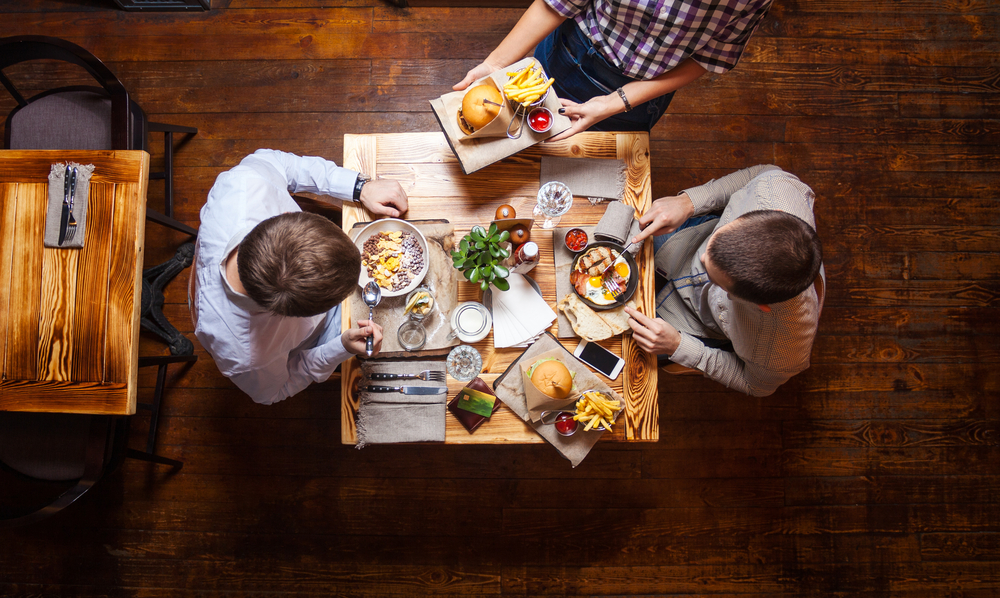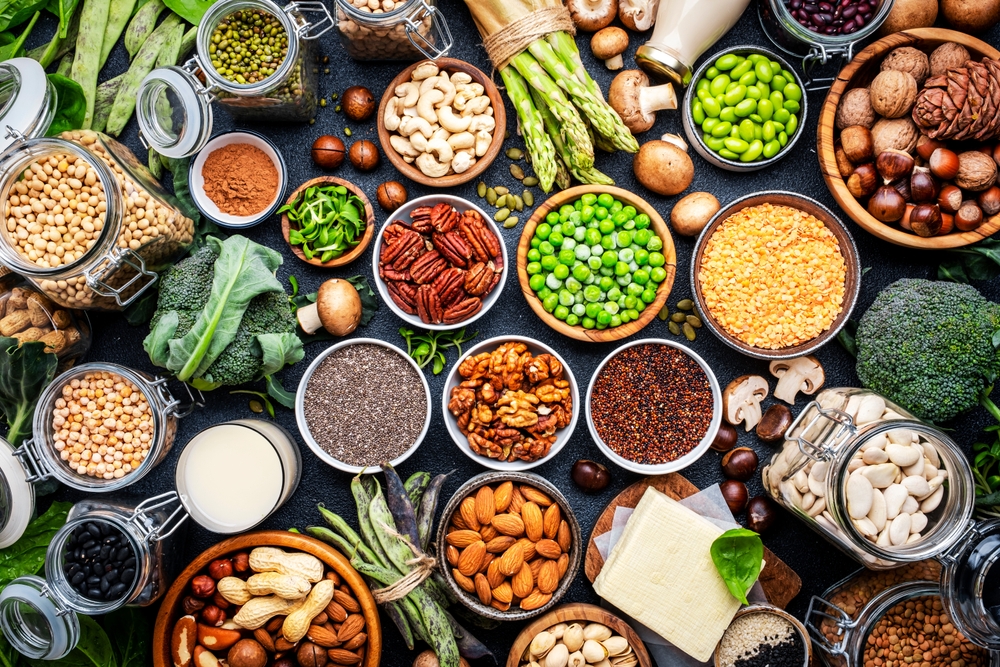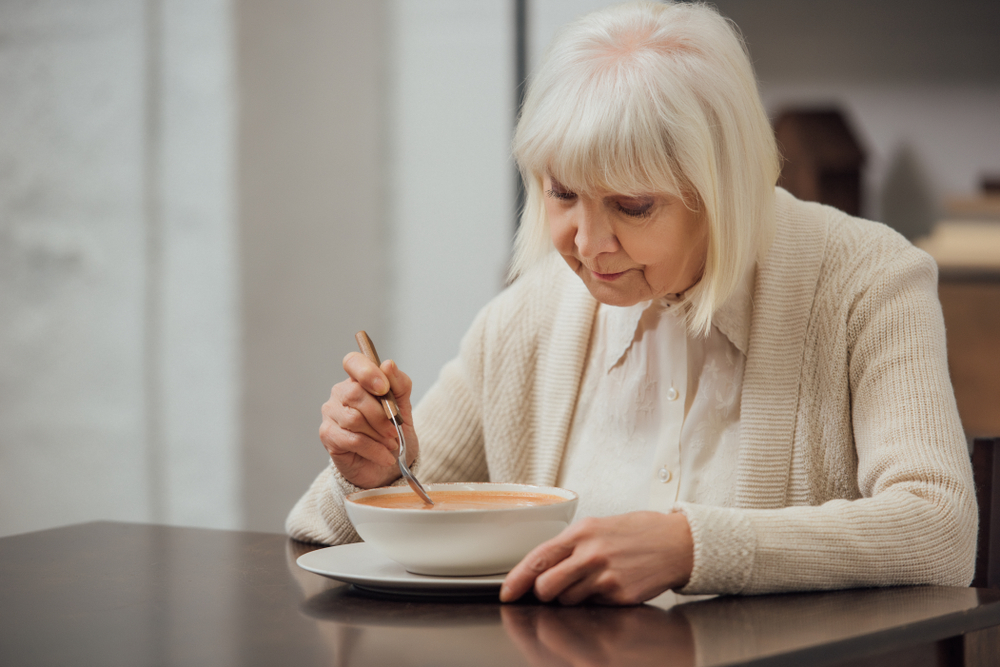PhD student Samantha Heerschop (Human Nutrition & Health) used mathematical models to investigate whether the Dutch can adopt a more environmentally friendly diet without adverse health effects. ‘In a realistic, achievable manner.’ She is to obtain her PhD degree at the end of May.
Heerschop studied the current Dutch eating patterns and identified whether there are groups with a more sustainable and healthier diet than others. ‘That enables us to assess what people consider an acceptable eating pattern.’ Heerschop fed data from the RIVM Food Consumption Survey into a mathematical model, which then created a slightly more sustainable diet for each individual in the dataset, based on what others were eating.
The underlying idea is that someone eating steak on a daily basis is already more sustainable by replacing steak with chicken twice a week. Another person who eats chicken every day could make a similar improvement by replacing chicken with legumes. ‘Small changes, based on what others are eating, enables the model to remain close to what everyone is currently eating, but with a slight improvement in sustainability, making proposals realistic and achievable, rather than radically different’, Heerschop explains.
Tom versus Harry
One of the models Heerschop used is called SHARP. ‘This model takes a person’s current diet as a point of departure and proposes small changes based on sustainability, health, affordability, availability and personal preferences. This process is repeated for each individual person, but in comparison to other individuals in the same target demographic. We determine by what percentage the new diet may differ from the current one, after which SHARP designs combinations of various individuals and days.
‘For example, if Tom’s diet is more sustainable than Harry’s but with similar meals, such as oatmeal, sandwiches, and fried rice, Harry will be prescribed meals similar to Tom’s for one day per week, substituting dairy milk with oat milk and red meat with chicken. At the same time, the model also designs a more sustainable diet for Tom. ‘He eats meals like the more sustainable Dick once a week.’
Not radically different
The model bases its calculations on several assumptions. ‘People eat according to a pattern, not just individual products or product groups. The combinations we create during a particular day are considered the standard for what people consider acceptable within Dutch culinary culture within this study. Moreover, we assume that our current eating pattern is both affordable and accessible’, Heerschop clarifies.
Because the model focuses on changes that are acceptable for individuals, the changes that are suggested to them vary. ‘The message may not be very exciting, but it is the truth: if all Dutch citizens eat a little more plant-based, the joint sustainability gain is considerable. I believe people are more likely to adopt change if they are provided with personalised recommendations. I would love to see an app for this: you enter your current diet, and receive a healthier and more sustainable suggestion.’
Protein intake
Heerschop also studied protein intake as part of her PhD study. Anyone considering a plant-based diet is concerned about protein intake. Based on a score reflecting the amount of protein in meals, she concluded that there is no cause for concern. ‘Not now, but also not if we adopt a slightly more sustainable eating pattern. At this time, sixty per cent of our protein intake is animal-based. If we were to succeed in converting sixty per cent of our protein intake to plant-based, we would still ingest sufficient suitable proteins.’
This is supported by the latest publication to which Heerschop contributed, but which went beyond the scope of her thesis research. ‘Substituting meat with the various meat substitutes available on the Dutch market gram for gram lowers our protein intake from 59 to 36 per cent. Based on the suitability of proteins, however, most Dutch adults would still ingest sufficient proteins.’

 ‘By making small changes based on others’ eating habits, the model stays close to everyone’s current diet, but with a slight increase in sustainability, making proposals realistic and achievable, rather than radically different.’ Photo Shutterstock
‘By making small changes based on others’ eating habits, the model stays close to everyone’s current diet, but with a slight increase in sustainability, making proposals realistic and achievable, rather than radically different.’ Photo Shutterstock 

